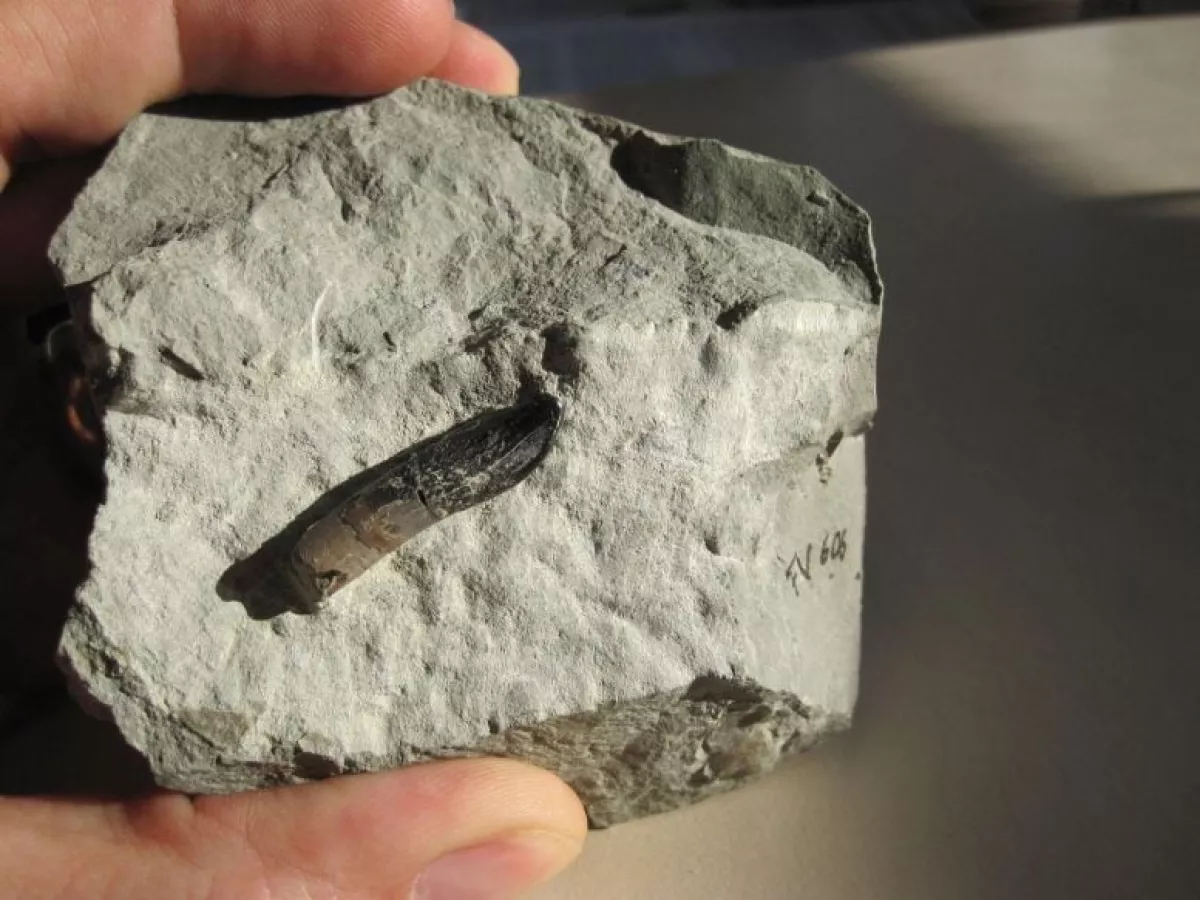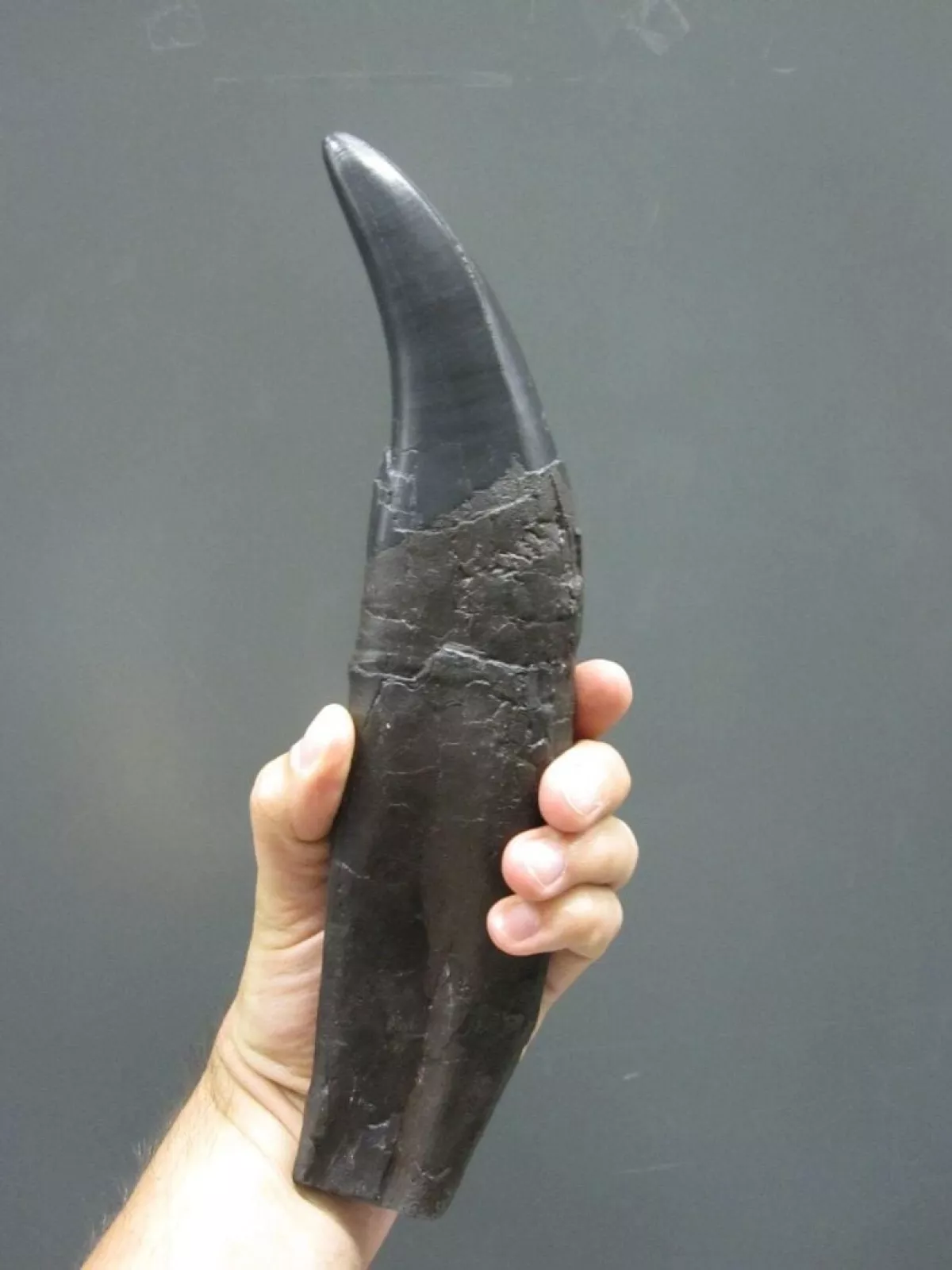Dinosaur teeth reveal ancient CO₂ levels were far higher than today
Fossilised dinosaur teeth are providing scientists with an unprecedented glimpse into Earth’s ancient climate, revealing that carbon dioxide levels during the Mesozoic era were far higher than previously thought.
A team from the Universities of Göttingen, Mainz, and Bochum studied oxygen isotopes preserved in tooth enamel, using a newly developed method to reconstruct both atmospheric CO₂ and global photosynthesis, as noted by SciTechDaily.
Their findings, published in PNAS, suggest that plants were converting sunlight into energy at roughly twice the rate observed today. The researchers say this heightened plant activity likely contributed to the dynamic climate of the dinosaur era.
The study examined teeth from dinosaurs found across North America, Africa, and Europe, spanning the late Jurassic and late Cretaceous periods. Tooth enamel, one of the hardest biological materials, retains oxygen isotope signatures that reflect what dinosaurs inhaled.
Because these ratios are influenced by atmospheric carbon dioxide and photosynthetic activity, they offer a rare window into both climate and vegetation millions of years ago.
In the late Jurassic, around 150 million years ago, atmospheric CO₂ levels were about four times higher than pre-industrial levels. By the late Cretaceous, roughly 73–66 million years ago, they were three times higher than today.

Analysis of teeth from species including Tyrannosaurus rex and Kaatedocus siberi – a relative of Diplodocus – revealed unusual isotope compositions, pointing to spikes in CO₂ possibly linked to volcanic events such as the Deccan Traps eruptions in present-day India.
“This points to CO₂ spikes that could be linked to major events such as volcanic eruptions,” the researchers note, adding that increased plant photosynthesis at the time likely reflected these elevated CO₂ levels and warmer global temperatures.
The approach marks a significant advance in palaeoclimatology. Previously, scientists relied on soil carbonates and marine proxies to infer past climates, methods that come with inherent uncertainties. The new technique, analysing land vertebrate fossils, provides an independent line of evidence.

“Our method gives us a completely new view of the Earth’s past,” said lead author Dr Dingsu Feng from the University of Göttingen’s Department of Geochemistry.
“It opens up the possibility of using fossilised tooth enamel to investigate the composition of the early Earth’s atmosphere and the productivity of plants at that time. This is crucial for understanding long-term climate dynamics.”
Dr Feng added, “Dinosaurs could be the new climate scientists. Long ago, their teeth recorded the climate for a period of over 150 million years – finally, we are getting the message.”
By Aghakazim Guliyev








